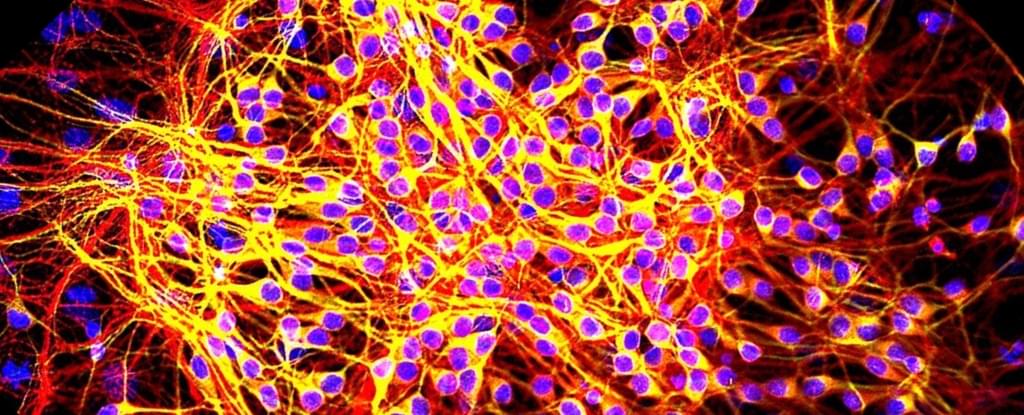Neil deGrasse Tyson breaks down intriguing new evidence along with other curious parallels that could point to the universe being inside a black hole. Is the edge of our universe an event horizon on a black hole in some other universe?
Timestamps:
00:00 — What is a Black Hole?
1:26 — Mass of the Universe vs. A Black Hole This Size.
2:36 — The Net Rotation of the Universe.
5:55 — What This Means.
6:48 — Closing.
Check out our second channel, @StarTalkPlus.
Get the NEW StarTalk book, ‘To Infinity and Beyond: A Journey of Cosmic Discovery’ on Amazon: https://amzn.to/3PL0NFn.
Support us on Patreon: https://www.patreon.com/startalkradio.
FOLLOW or SUBSCRIBE to StarTalk:






